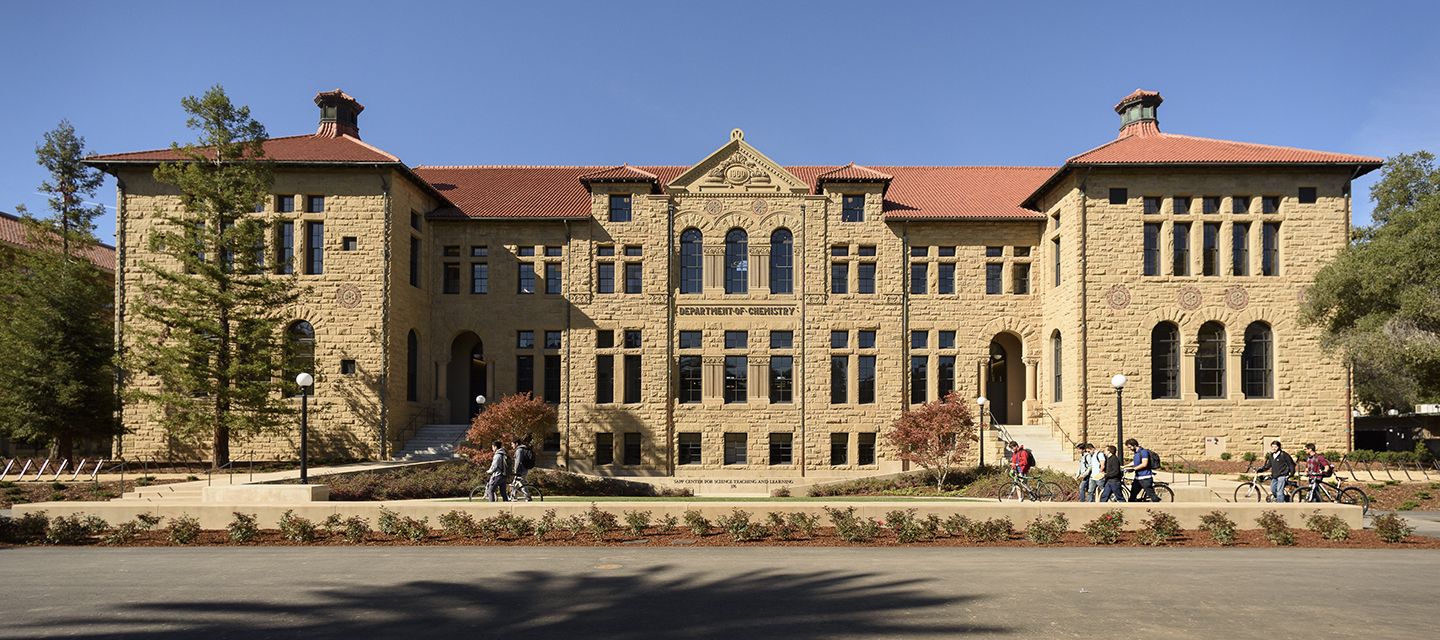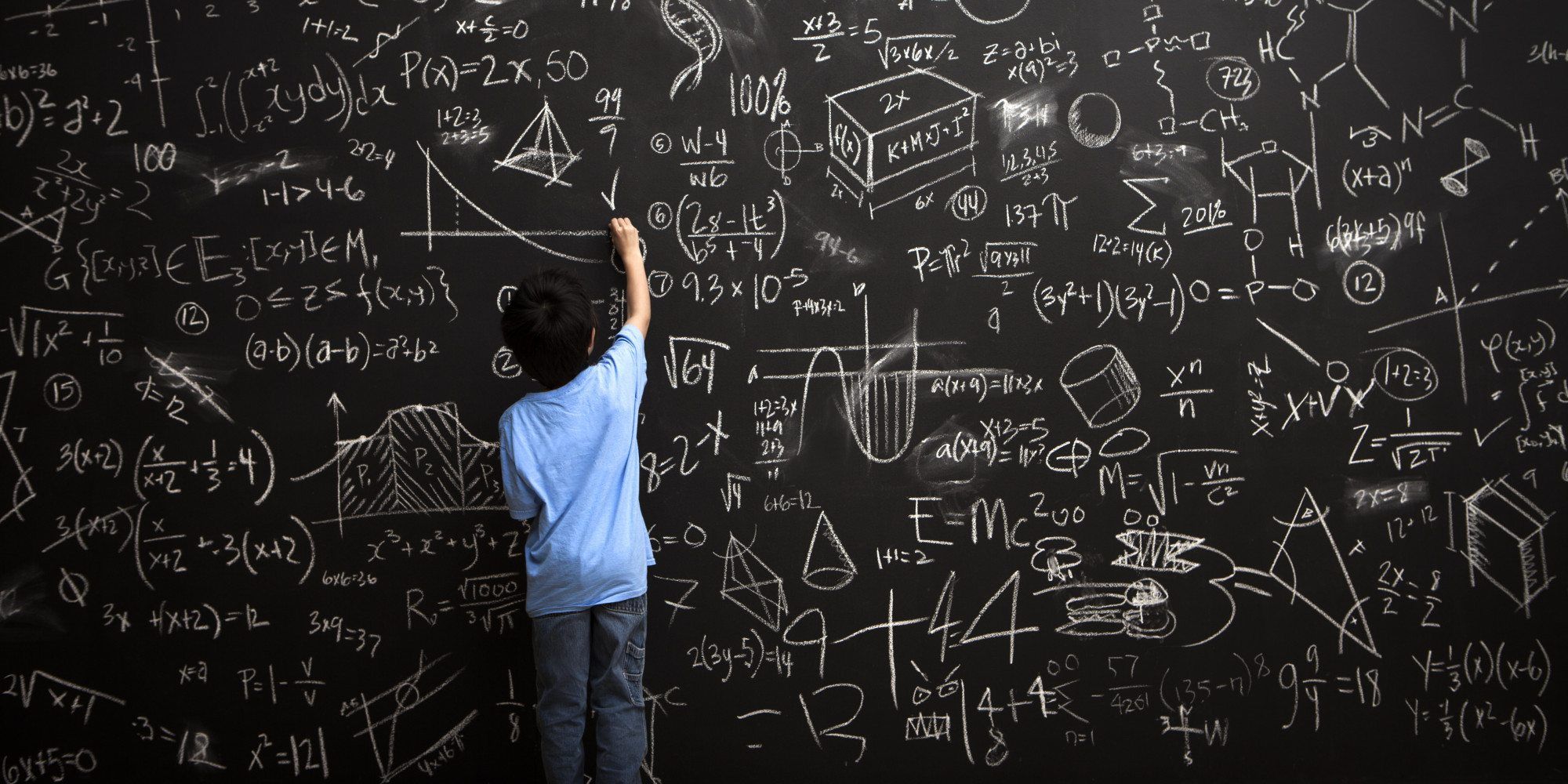Dec 1, 2016
A.I. Can Teach Itself to Recognize Faces Now
Posted by Shane Hinshaw in categories: biological, information science, mathematics, robotics/AI
The goal of roboticists has long been to make A.I. as efficient as the human brain, and researchers at the Massachusetts Institute of Technology just brought them one step closer.
In a recent paper, published in the journal Biology, scientists were able to successfully train a neural network to recognize faces at different angles by feeding it a set of different orientations for several face templates. Although this only initially gave the neural network the ability to roughly reach invariance — the ability to process data regardless of form — over time, the network taught itself to achieve full “mirror symmetry. Through mathematical algorithms, the neural network was able to mimic the human brain’s ability to understand objects are the same despite orientation or rotation.

Continue reading “A.I. Can Teach Itself to Recognize Faces Now” »


















